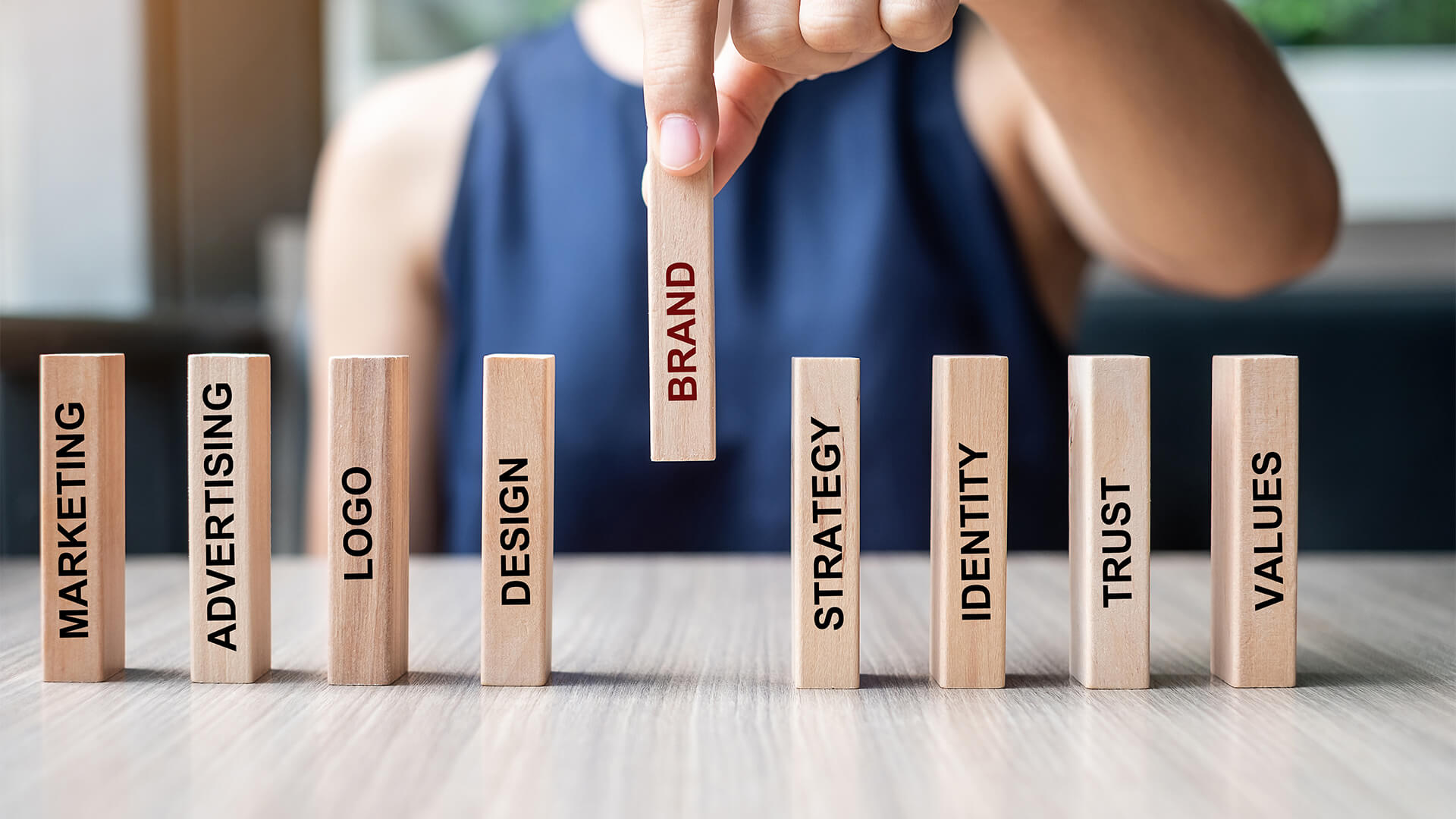How to Ensure Your Brand Identity Stays Relevant
Modern brands are often referred to as living brands. They need to evolve with the core brand itself while also representing different aspects, such as various products, services, or specific campaigns. During all these morphs they must continue to do the work they are primarily designed for, to hold the integrity of the brand by consistently expressing its agreed values.
All this requires monitoring and management while the world outside is a mass of change, some predictable but much of it apparently random, or provoked by some outside force out of our control, such as environmental concerns or disasters.
We can spend a small fortune researching the shifts happening in the world, how people’s mindsets change, what the latest appeal or fashion is, and so on. While I am sure research is invaluable in large organisations, politics and institutions dealing with a big agenda, there is another source of research that is in us all. Intuition. And there are many cases where CEOs have rejected costly conventional research in favour of gut feeling and been rewarded accordingly. I rather like Anita Roddick’s assessment of research as ‘looking in the rear vision mirror’ while driving.
Some businesses employ psychics such as Laura Day and, allegedly, don’t regret it. Laura states that we all have this ability, and she trains prospective psychics to do the same. I think, in our left-brained world, that we have unfortunately learned not to trust our inner guidance and to look outside for ‘proven’, ‘tried and tested’ methods of assessment. Essentially this keeps us where we are.
Lynne McTaggart, author of ‘The Field’, describes how our left logical brain keeps us where we are (apparently safe) in the familiar whereas the right brain is connected to the quantum field, where all human memory is stored without time and space constraints. Imagine the information we can tap into through our intuition, our psychic abilities and our gut feelings. Many, many successful entrepreneurs publicly admit to owning and acting on these. Even governments and businesses use it.
I attended a course run by Russel Targ who was responsible for training remote viewers for the CIA. Remote viewers state that it is possible to remotely access anything regardless of space and time. It is relatively simple, like imagining ourselves in a specific place and time and describing what is there. The challenge is to keep it authentic as the logical mind starts to try and make sense of it whereas the information may be delivered in a more creative way. This can easily take us down the wrong rabbit hole. But, like anything, with practice comes ease.
None of this is about ignoring logic and proven results but we need both if we are to grow relevance.
When we learn to trust the information we receive, beyond that which is presented logically and based on historical and past experience, then we can constantly check in on our brand easily and without cost and simply listen to our intuition. I use my logo as an intermediary; it gives my left brain something to focus on, while my right brain looks for clues and eventually they come fast. The logo is the obvious choice as it is the most powerful interface between brand and customer, identifying everything the brand does and stands for.
So how can we apply this to ensure our brand identity remains relevant?
It is a simple process. While one route is to enter a sort of meditative state, in whatever way suits us individually, and imagine ‘meeting with the logo’, we can simply imagine our logo in our minds, anywhere and anytime, and describe what stands out. When we become more familiar with the process it gets easier to start this with a focused intention such as simply checking on the status of the design, how effective it is in a particular area of exposure, or whether any of the elements within need refreshing. I am a visual person and may see part of the design looking lazy and I know I need to ramp up the energy, maybe more social media, time investment, or a brand clean up. If I need clarity, again I ask. A particular letter may stand out, if it is a low descender, I may look at what is happening at ground level, an ascender, and I might focus more on my aspirations and how they are being nourished. Whatever decision I take in my business I ensure that I always check in on my intuition for clarity. It would be foolish not to.
There is of course, as mentioned, the conventional, tried and tested research upon which global brands rely on heavily. It helps ensure success in our fluctuating, volatile world where our preferences and tastes can change on a whim. While my personal preference is to look inside to our internal place where we are all connected, we cannot work in isolation and monitoring shifts at ground level makes absolute sense. Typefaces, colours and applications change constantly, albeit sometimes subtly; we must keep with the current fashion while retaining the goodwill and familiarity we have built. If we want to stand out from the crowd, but appear in tune with the latest style, we must negotiate this edge.
Brands may choose to refresh their colour; we may not notice but we will register it. Google changed its logo alignment in probably the most subtle way possible by moving the ‘g’ right one pixel and the ‘l’ down and right one pixel. Soon after this they changed the typeface, from a classic serif to a more friendly sans serif, but the colour of each letter remained. Without doubt the latter amendment was more noticeable but the first mattered too. We are hardwired to note these minute variations.
Of course, the logo may not need to change at all. By creating change in the applications, we make the shift we need for success. We may reduce or increase the size or position of the logo on advertising and marketing and review the content of those applications, such as the illustrations and photographs, their content and treatment, black and white, colour or hand drawn sketches to mention a few.
If we are working unconventionally, then we can use our intuition to guide us to the final result. Where do you want to see your image do its best work? Then imagine that. Make the colours, or the size, or any other detail brighter in your imagination. This is how NLP works successfully.
Whatever way we choose to ensure that our brand identity stays relevant, the most important thing to remember is that we do check up on it consistently. Depending on our brand and the results we want to see, this can be daily, weekly, monthly or annually but, in the words of Nike ‘Just do it.’
Lora Starling
Founder & Logo Designer
Lora Starling is a trailblazer and experienced designer with over 30 years of experience having run her own corporate graphic design business in London. Merging conventional design excellence with spiritual wisdom she now creates logos that enable her clients to envision and attract the future they want using the same tools as global brands.
Having worked for clients including Lloyds Banking Group, AMEC, The Institute of Chartered Accountants in England and Wales and the Boots Company, Lora has revisited and reshaped the principles of logo design since leaving her corporate role in London.
Now, Lora is passionate about working with brands, and entrepreneurs in the UK, Australia and USA to make a difference and deliver brand impact through successful visual logos. She believes that logos hold the imprint of the business spirit and conveniently and effectively build the world of imagination and our solid world of manifestation. These are imperatives for a successful business and also for everyday life which Lora achieves through helping her clients draw on everyday intuition within their lives.
Lora is also the author of three books (The Logo Decoded, Identify Yourself and Future You), with a fourth in the publishing process.








